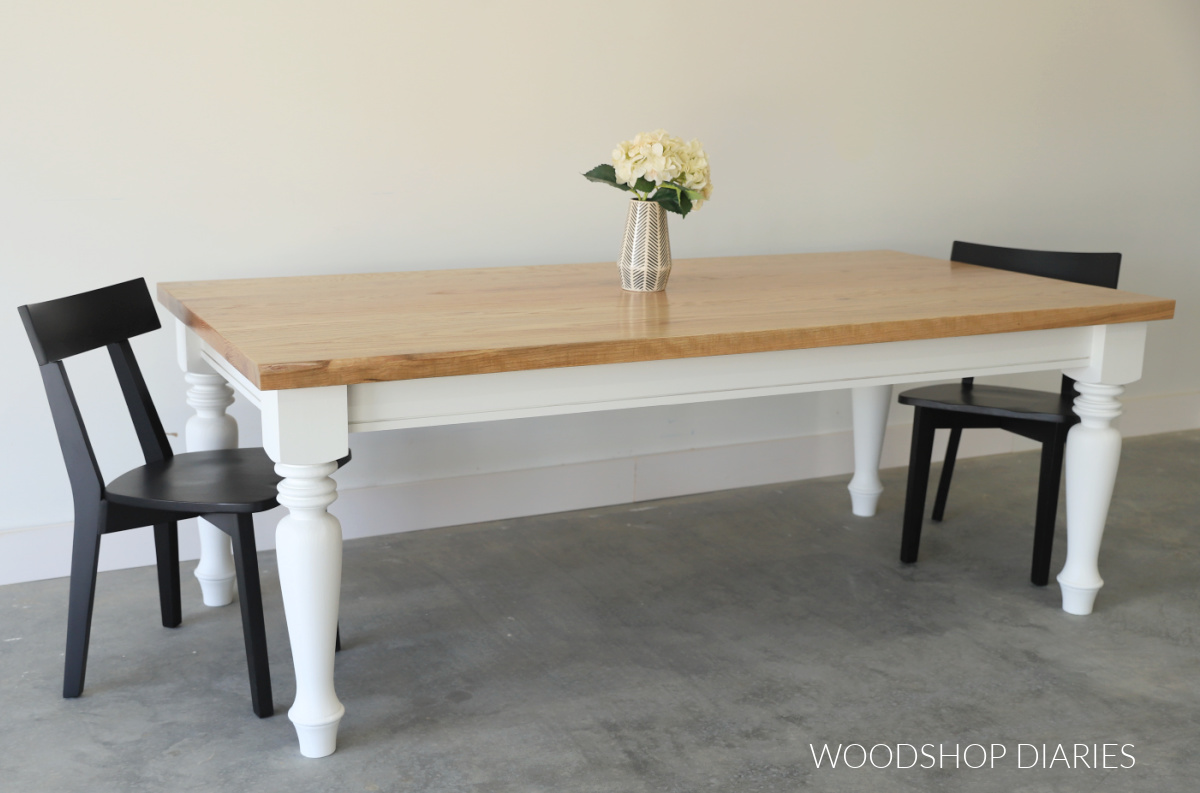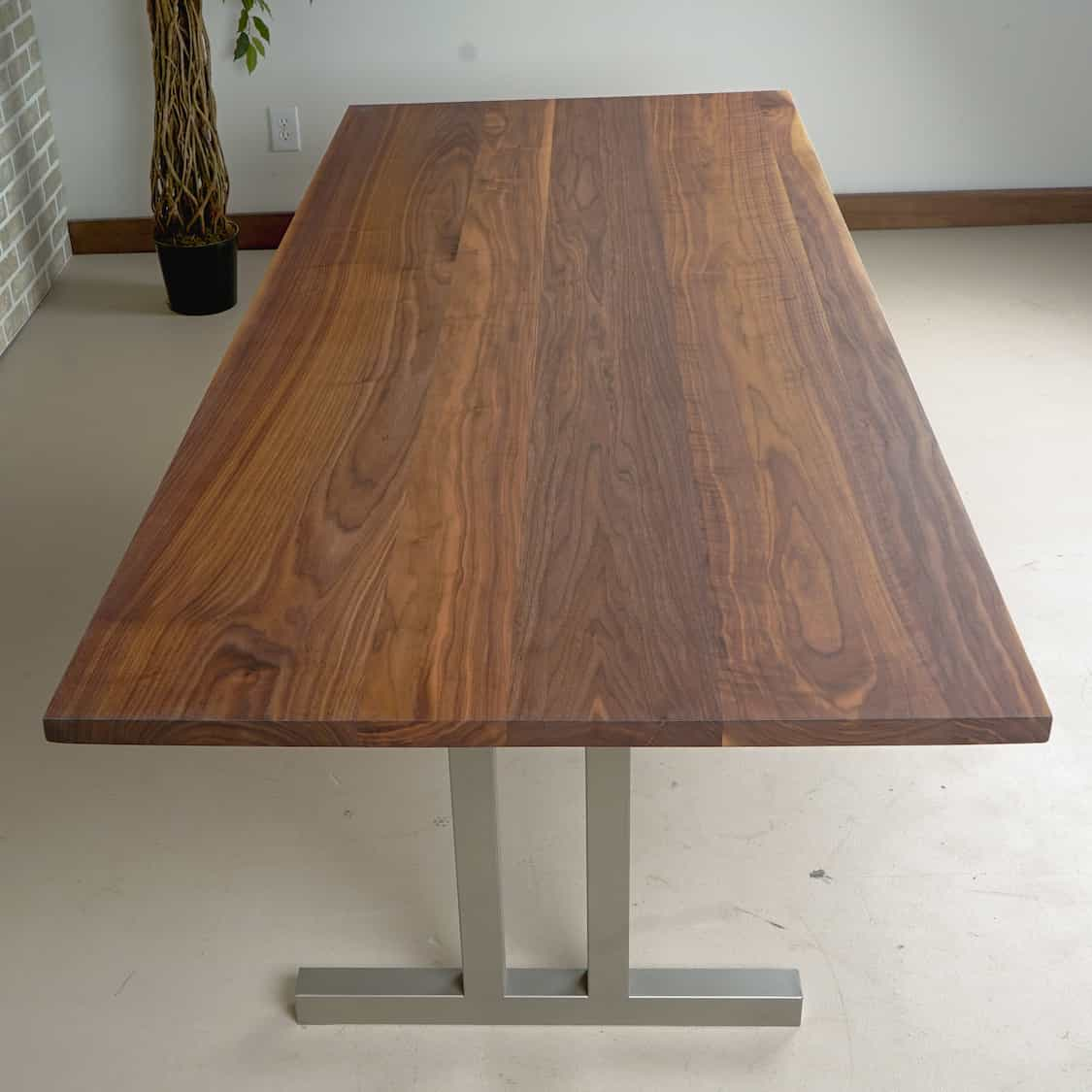Strong and Fashionable Choices for Resilient Dining Table Legs Wood Solutions
Strong and Fashionable Choices for Resilient Dining Table Legs Wood Solutions
Blog Article
What to Consider When Choosing Table Legs Wood for Your Home.
When picking wood for eating table legs, several vital factors call for careful factor to consider to ensure both performance and visual appeal. The kind of timber chosen can considerably affect the table's resilience, security, and total style, while the maintenance needs might affect long-lasting use. Additionally, the interplay of grain patterns and shade with existing home furnishings can create a cohesive style. Recognizing these components is vital, yet lots of forget the crucial element of financial restraints. As we explore these considerations additionally, the effects of your selections might reveal unexpected challenges and chances.

Significance of Timber Kind
When selecting table legs, the selection of wood type plays a critical role in identifying both appearances and sturdiness. Various timber species provide varying degrees of resistance, stamina, and weight to put on, which can significantly impact the performance and durability of the table. Woods such as maple, oak, and cherry are commonly favored for their durable nature and capability to withstand daily use. These woods not only provide structural integrity but also resist dents and scratches far better than softer choices.
Alternatively, softer timbers like want or poplar, while more cost-effective, might not use the same degree of toughness and may require even more regular maintenance or substitute. The wood type additionally influences the table's ability to sustain environmental factors such as moisture and temperature variations. The choice of timber can affect the convenience of finishing and tarnishing, which can be important for attaining the preferred appearance.
Aesthetic Factors To Consider
The visual charm of eating table legs considerably adds to the overall visual of the eating area. Dining Table Legs Wood. When picking wood for dining table legs, the grain finish, color, and pattern are crucial elements that can take away or improve from the space's layout. Different wood kinds display differing shades and structures; as an example, oak offers a classic look with famous grain, while walnut supplies a rich, dark beauty
Furthermore, the form of the legs plays an essential function in specifying the table's personality. Streamlined, minimalist legs can create a contemporary feeling, while extra ornate, turned legs evoke conventional appeal. The design of the legs need to integrate with existing furnishings and the total theme of the room, whether it be rustic, modern, or transitional.
It is also necessary to take into consideration just how the legs connect with various other furnishings items, consisting of sideboards and chairs. A natural layout not just elevates the dining experience but also adds to the home's overall visual comprehensibility. Inevitably, the option of eating table legs must be a thoughtful choice that shows personal taste while guaranteeing visual consistency within the room.

Resilience and Security
Longevity and stability are vital consider the selection of dining table legs, as they straight affect the long life and safety of the furniture. When selecting timber for eating table legs, one have to consider the fundamental buildings of various wood types. Hardwoods, such as cherry, oak, and maple, are often preferred for their strength and resistance to wear, making them suitable for high-traffic dining areas.
Along with the type of wood, the construction method also plays a significant role in the overall stability of the table. Legs that are well created, either via typical joinery strategies or modern-day design techniques, will offer enhanced support and prevent tottering. It is important to review the density and style of the legs; thicker legs are typically much more stable and can withstand better weight.
Additionally, the ecological conditions in which the table will certainly be utilized can affect durability. Timber that has actually been correctly treated for dampness resistance will carry out much better in damp atmospheres. Ultimately, see this website picking the ideal combination of durable timber and steady construction will certainly guarantee that your eating table stays page a risk-free and functional focal point in your home for several years to find.
Maintenance Demands
Selecting table legs made from resilient timber is just the start; comprehending upkeep demands is just as essential to preserve their appearance and capability. Different timber types call for varying levels of treatment, so it is necessary to know what is needed for your particular option.
Normal cleansing is fundamental; use a soft, wet fabric to remove dust and particles. Avoid extreme chemicals that can harm the finish. For timber finishes like varnish or lacquer, regular brightening with furniture wax can improve sparkle and provide a protective layer versus scrapes.
Preventative procedures are crucial (Dining Table Legs Wood). Use rollercoasters and placemats to avoid direct call with warm or wet products, which can warp or tarnish the wood. Additionally, think about positioning really felt pads under the legs to avoid scratches on your floor covering and lower endure the wood
Humidity control is one more considerable variable; keeping a stable environment assists to stop bending and fracturing. Take into consideration making use of a humidifier or dehumidifier as necessary. if your dining location is vulnerable to variations in temperature level and dampness.
Spending Plan and Price Variables
When planning to acquire dining table legs, understanding spending plan and expense elements is essential to make an educated decision. The kind of timber selected for the legs dramatically affects the overall rate.
Labor and workmanship also play a crucial role in the total expense. Handmade or artisan-crafted legs might lug a premium cost, reflecting the ability and time bought their development. It's critical to evaluate the equilibrium in between high quality and price; investing much more ahead of time can lead to a longer-lasting item that calls for less maintenance with time.
Conclusion
In summary, choosing the ideal wood for dining table legs demands mindful consideration of different variables, consisting of wood type, aesthetic allure, maintenance, budget, and sturdiness restrictions. The option of woods such as oak and maple can boost both toughness and aesthetic allure, while softer timbers might be extra affordable yet much less long-lasting. Inevitably, an educated choice regarding product option will certainly add to the general capability and durability of the table, ensuring a beneficial financial investment for the home.
When picking timber for eating table legs, a number of vital variables call for cautious consideration to guarantee both functionality and aesthetic appeal.When selecting eating table legs, the option of wood type plays an essential role in establishing both aesthetics and durability. When picking timber for dining table legs, the grain pattern, color, and coating are critical elements that can boost or detract from the space's layout. When selecting wood for eating table legs, one need to consider the integral properties of numerous wood kinds.In summary, picking the suitable timber for dining table legs necessitates cautious consideration of different factors, consisting of wood kind, aesthetic charm, upkeep, spending plan, this article and sturdiness restrictions.
Report this page